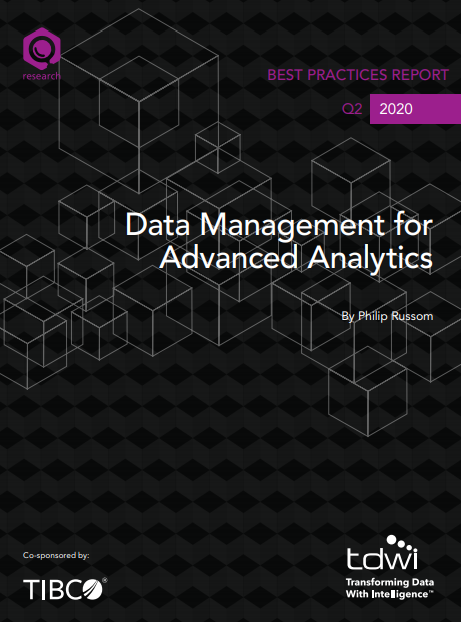A fundamental assumption of data science is that making business decisions based on facts yields better and more reliable results than those made using instinct or intuition. But as with any major transformation, translating this premise into new business practices takes time.
Our latest benchmarking survey of 660 global data and analytics leaders shows that many of the prerequisites for this kind of data-driven decision-making are now widely in place.
A full 60% of respondents say they have successfully used data to justify making organizational changes. What’s more, that figure jumps to 83% when you focus just on government organizations.
“Organizations are becoming more data-driven and are being objective, rather than simply following some hype cycle,” says Amarnath Lingam, Head of Enterprise Advanced Analytics, Data Science and AI at tech company CDW. “With this, the customer experience can be improved.”
The Strategic Foundations Are Widely in Place
Just 10% of the data leaders we surveyed say they struggle to secure leadership buy-in for data-led initiatives, 18% say equipping staff with the right skillsets is a major challenge and only 25% are grappling with outdated cultures or mindsets.
Of those that have taken this crucial step on the road to becoming data-driven, 61% have restructured teams or departments, 60% have switched operating models, 54% have redistributed job responsibilities and 51% have changed IT applications.
A further 38% have been able to justify a change of IT infrastructure, while 31% have made the case for reducing headcounts and 26% have convinced their organizations to adopt new ways of working.
“There are key technical capabilities that are required to enable organizations embrace this change, powering them to stay competitive and win with the right insights at the right time” –Amarnath Lingam, Head of Enterprise Advanced Analytics, Data Science and AI, CDW
Ash Dhupar, CAO at direct marketing company Publishers Clearing House, explains: “When you start uncovering opportunities that we have not thought about in the past, they drive these either small or very large opportunities to look at things from a different lens.”
Common challenges the data leaders we surveyed cite include a lack of definitive data governance rules (60%), unwieldy legacy technology (52%), poor quality data (48%) and bias (44%).
Organizations facing these challenges typically don’t have a mature data strategy in place or lack the tools to uncover the right insights to identify worthwhile changes. Businesses that want to take full advantage of their data assets must ensure they have the right technical capabilities, culture and processes in place to embrace this change.
“The cultural shift is another big change,” says Lingam. “Co-workers at all levels should understand what AI is about, how it will change the way they work, what types of new insight they will get, how can they use it to their advantage and how can it help the organization overall.”
Technologies That Drive Organizational Change
There are many tools data leaders can draw on to assist with this transformation. Our research shows that 74% of businesses use data analytics tools for these purposes, 72% use AI, 61% use machine learning algorithms and 55% leverage data visualization tools.
Those that are doing this already say using data in this way makes it easier to know what changes to make, address poor business practices, improve productivity and streamline workforces.
Once they have made the case for implementing a specific change, data leaders report using a range of technologies to transform their businesses – including cloud computing (68%), unified communications systems (59%), software-defined networking (51%) and DevOps tools (50%).
Cloud computing may be particularly popular because of its potential to help organizations reduce the amount of data center expertise they need in-house, allowing them to restructure their IT departments and divert resources to other areas of the business.
“Cloud computing gives companies the flexibility and capability to rapidly trial and develop new products and services,” says Ryan den Rooijen, Global Director of Data Services at Dyson. “Whereas infrastructure was often a blocker in the past, now it has become one of the greatest enablers.”
Of course, there’s a big difference between making the occasional decision with data and removing bias, false assumptions and poor intuitions from a company’s decision-making processes entirely.
The business community still has a way to go in this respect. But, it’s encouraging to see that most data and analytics leaders are now moving along the path towards objective, fact-based business practices.
This article is an extract from our Four Data & Analytics Trends to Watch in 2020 report, published in association with Lynchpin. Click the image below now to access the full research and discover the other three trends.


.png?width=800&name=Data%20Champions%20Online%20_%20Europe%20(20).png)




.jpg)

